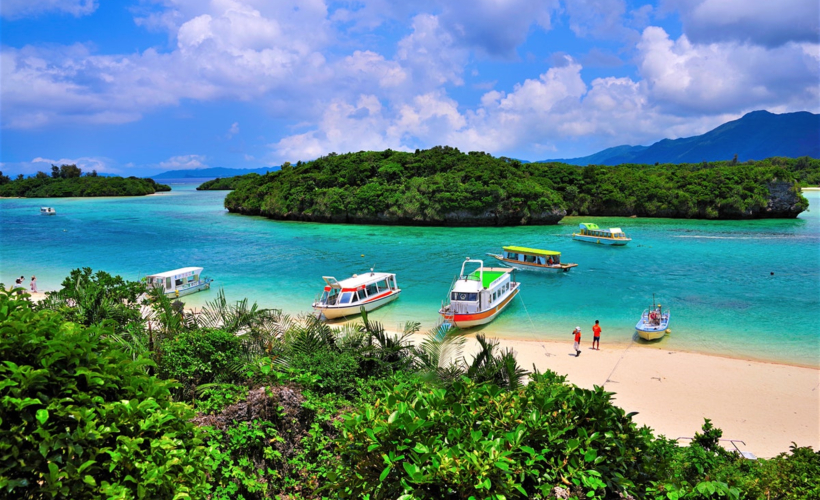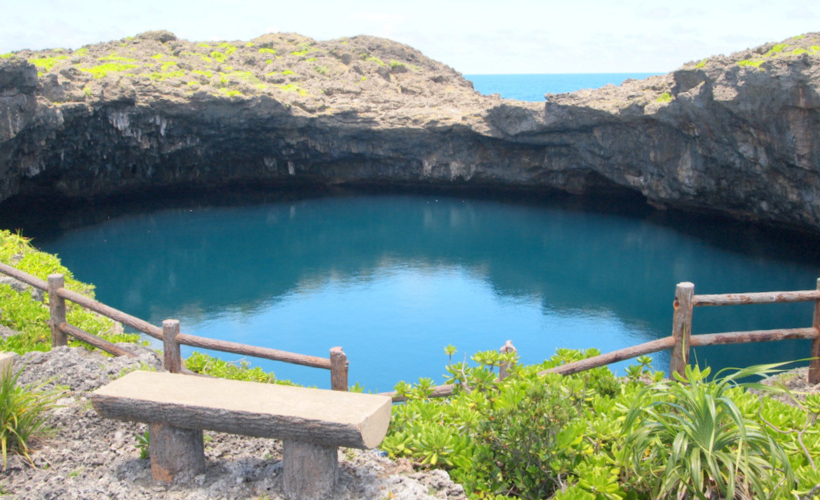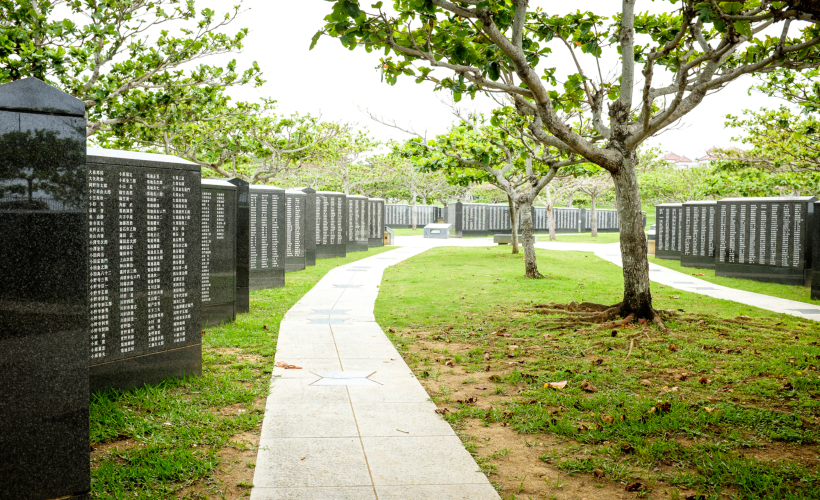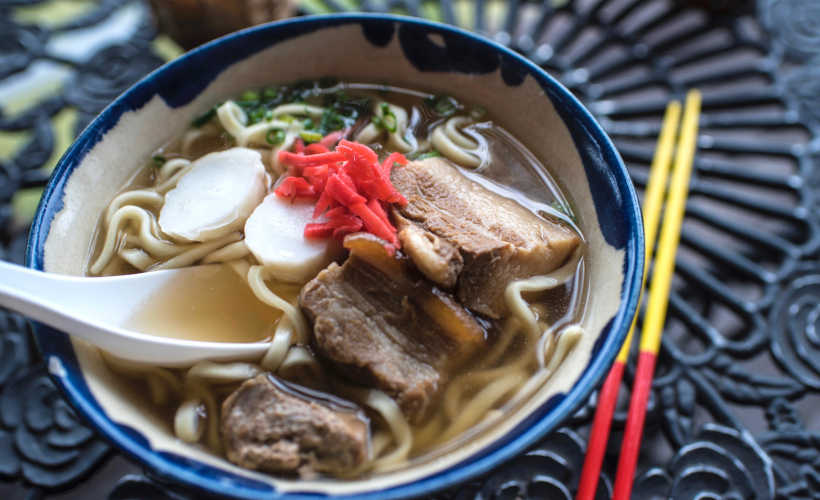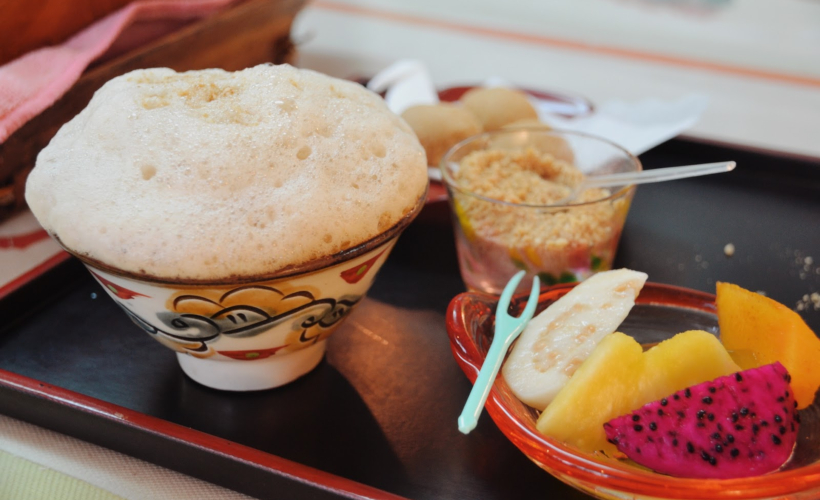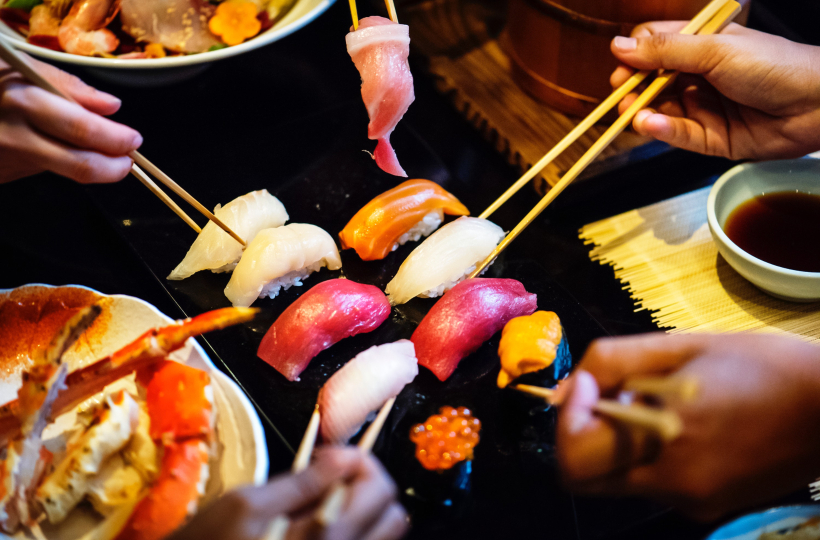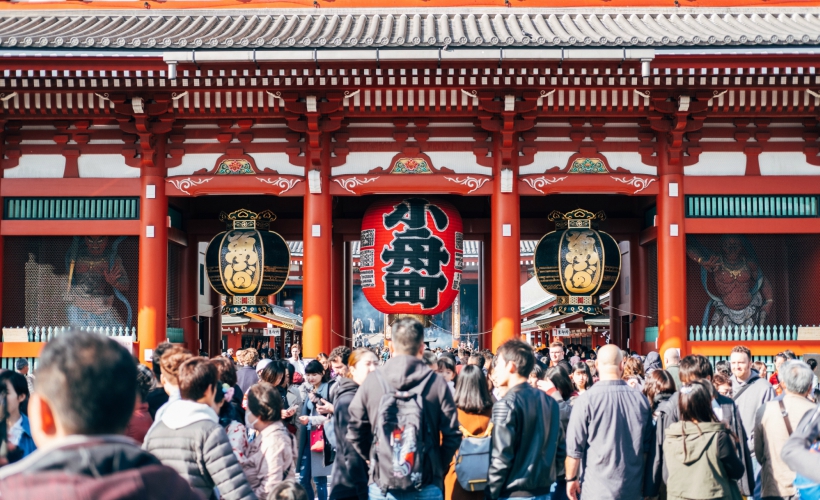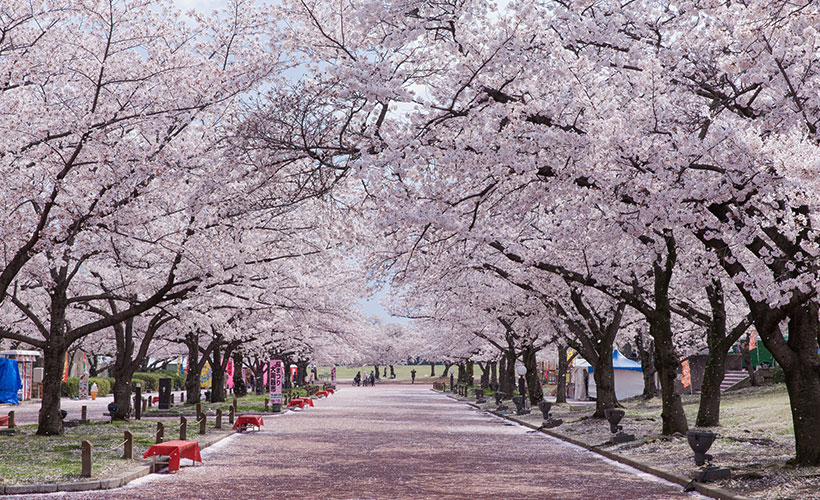When most people think of the Land of the Rising Sun, Japan’s more popular destinations such as Tokyo and Osaka tend to come to mind. However, if you’re a seasoned traveller and Japan doesn’t seem to hold surprises for you anymore, then consider Okinawa a breath of fresh air. Fresh tropical air, that is. A visit here will open your eyes to a tropical side of the nation that most don’t experience.
Okinawa is the southernmost prefecture of Japan. It makes up two thirds of the Ryukyu Islands, or Nansei Shoto, a chain of islands that stretch all the way to Taiwan. Here, the weather is beautifully humid, sunny, and identical to most of that of Southeast Asia. Something you wouldn’t really expect from mainland Japan.
So think beaches, snorkelling, and tropical fruits you can’t find elsewhere in the country. It’s no wonder why many native Japanese go to Okinawa when they need a summer vacay that isn’t too far.
White sand and sparkling waters
Okinawa’s pace of life runs differently from the mainland. A mainlander’s work ethic is on a whole other level that the Japanese even have a word for death by overworking, termed karoshi. As a result, the Japanese government is urging companies to participate in ‘Shining Mondays’, a local initiative whereby employees are relieved of their Monday blues by having a half day off on one Monday of the month.
In sunny Okinawa, the environment is much more laidback and leisurely, owing to its popularity as a tourist destination and beach getaway. The islands are a treasure trove for marine activities – including diving (the most popular sport here), snorkelling, marine walking, glass boat rides, wakeboarding, to parasailing. If you’re more of a beach person, there are countless beaches with crystal clear waters for you to visit.
For a more unique scuba diving experience, head off the beaten track to Toriike Pond in Miyakojima. Although it looks like two ponds, they’re actually connected by an underground cave that leads to the open sea. Largely secluded from the public, except for those looking to dive, the large pond looks like it’s been carved into the rock and filled with deep azure water.
Memorials of a war-torn history
On a more sombre note, the pleasures and luxuries that Okinawa has to offer shouldn’t be mentioned without the price it had to pay. In a devastating battle, known to the locals as ‘tetsu no ame’ (rain of steel), an estimated 200,000 lives were taken. This is about a third of Okinawa’s population at the time, making the battle of the bloodiest to go down in history.
The main memorial to the Battle of Okinawa is the Peace Memorial Park, located in the southern area of the island, where the final battle took place. The main attraction is the Cornerstone of Peace that commemorates those whose lives were lost in the ravages of war, regardless of nationality.
For more history, visit the former Japanese Navy Underground HQ. This cavernous tunnel complex where the Japanese Navy were stationed is now also open for viewing. This is where Rear Admiral Minoru Ota famously took his life to prevent surrendering to the Americans, but not before conveying his heartbreaking last words via telegram.
A cuisine like no other
Because of its cultural and historical background, the cuisine here is unique. The dishes you absolutely have to try include goya chanpuru (stir fry), taco rice, rafute (pork ribs) and Okinawan soba (buckwheat noodles). Goya chanpuru is essentially a stir-fry of goya (bitter gourd), crumbled tofu, eggs, and pork or luncheon meat, and has a unique historical origin.
Taco rice is also an immensely popular dish birthed from World War II. The story states that a Japanese restaurant owner whose restaurant was nearby an American military base wanted to make something hearty and filling for the young troopers. Combining the elements of tacos with hot steaming rice proved to be popular and convenient. Henceforth, taco rice became a fusion dish popular all throughout the nation and especially among kids, all while acting as a constant reminder of Okinawa’s sacrifices during the Pacific War.
Rafute is a tender, melt-in-your-mouth dish consisting of fatty pork belly braised in local liquor, local black sugar, and soy sauce. Its origins trace back to China, similar to the infamous Dongpo Pork dish initially only accessible to royalty. In small amounts, Okinawan locals swear it helps them with their longevity!
The soba we know and love are made mostly from buckwheat and served as zaru soba – cold with a dipping sauce. In Okinawa, their version of soba (or suba) is made purely of wheat flour, water, and eggs. The broth is something of a clear yet flavourful pork tonkotsu broth, and toppings are usually braised pork belly, fried fish cake slices, and green onions.
Tropical fruits with a twist
Fruits like bananas, mangoes, and pineapples aren’t really a rarity anymore due to the powers of import and export, but the ones grown in Okinawa are unique and can’t be found just anywhere. Take the snack pineapple, for instance. This small, candy-sweet variety can be picked off piece by piece with just your fingers! The core, unlike most pineapples, is also tender and can be eaten just like you would an apple.
While not exactly a fruit, sea grapes, or green caviar as they’re sometimes called, are actually a type of edible seaweed. Rich in minerals, the little fronds of jewel-like seaweed are salty in taste and encapsulate the flavours of the sea into a million little bubbles. You’ll usually see them served in pubs with a simple dipping sauce of vinegar or on donburi (rice bowl dish).
Unique Okinawan confectionaries
After you’ve had your fill of recreational activities and mouth-watering savoury dishes, do try the sweets and baked goods the island is famous for – like sata andagi (Okinawan doughnuts) and chinsuko (biscuits).
Akin to doughnut holes, sata andagi are balls of deep-fried sweet dough. They have a signature cracked surface and are a textural marvel to eat, with a crispy exterior and light fluffy middle. Chinsuko, on the other hand, is a traditional lard-based biscuit. Crumbly and lightly salted, many other flavours can now be found, such as chocolate or yam. They’re readily available as souvenirs, so a trip to Okinawa isn’t complete if you don’t stock up.
Balance the sweetness with Bukubuku Tea, an impossibly foamy mountain of bubbles on tea. You’ll be required to use a bamboo whisk to whip up the concoction of roasted brown rice and a special water high in minerals until it becomes bubbly, then scoop off the foam and place it on your cup of tea. This unique variation of ceremonial tea previously served to envoys from China is seldom chanced upon, even on the island, so have a go at it if you can.

